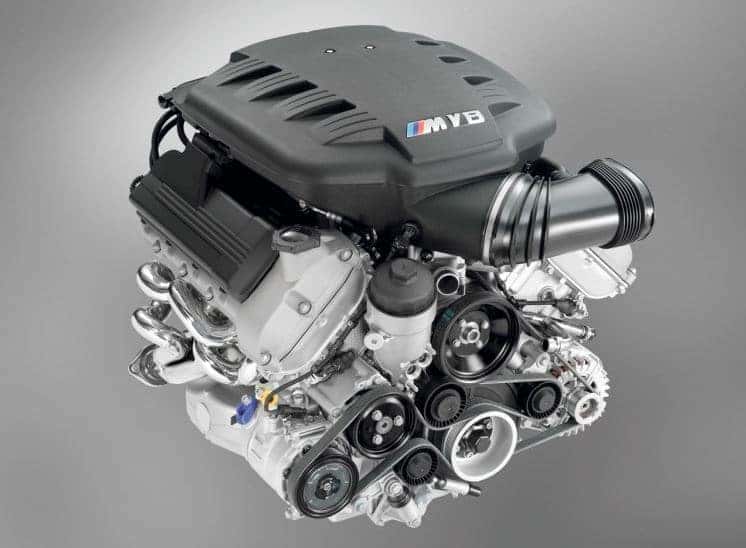Discovering the Advancement of Burning Engines in Modern Transport Equipments
As we navigate the landscape of modern-day transport, the development of burning engines stands as a testament to human ingenuity and design expertise. The interplay of background, innovation, and environmental problems in forming the trajectory of combustion engines produces a narrative that is both engaging and insightful.
Very Early Beginnings of Combustion Engines
How did the principle of combustion engines very first emerge in the early phases of transport advancement? The origins of burning engines can be traced back to the 17th century when the principles of interior burning were first checked out.
The development moment featured the development of the very first successful gasoline-powered engine by Karl Benz in 1885 - bmw engine. This engine led the way for the advancement of the contemporary vehicle, transforming transportation systems worldwide. Subsequent innovations by Nikolaus Otto and Gottlieb Daimler even more fine-tuned combustion engine innovation, causing the automation of automobiles and the fast expansion of the transportation sector
These early burning engines were defined by their simplicity and performance, laying the foundation for the facility and effective engines made use of in contemporary transport systems. The advancement of combustion engines has actually contributed in shaping the way we take a trip and transport goods, marking a substantial turning point in the history of transportation growth.
Transition to Internal Combustion Innovation
The transition to interior combustion modern technology noted a pivotal shift in the evolution of transportation systems. This change started in the late 19th century, with developers like Nikolaus Otto and Gottlieb Daimler developing the initial successful internal combustion engines. These engines revolutionized transportation by supplying an extra effective and efficient option to heavy steam engines and electrical motors.
Among the key benefits of interior burning engines was their capacity to be scaled down to suit cars, causing the growth of motorbikes and autos. This shift from bulky, stationary engines to small, mobile ones led the method for the modern transportation systems we see today.
The change to inner burning innovation also stimulated innovations in fuel technology, bring about the growth of gasoline and diesel as key fuel sources for vehicles. This change not just made transport more easily accessible to the masses yet additionally laid the structure for the oil and gas market to come to be essential to international economic climates.
Influence of Combustion Engines on Transport
The fostering of burning engines in transport systems catalyzed an extensive change in the performance and speed of worldwide flexibility. Burning engines changed transportation by offering a trusted and flexible source of power for various lorries, consisting of autos, vehicles, aircrafts, and ships. This technology dramatically enhanced the ability for products and individuals to conform cross countries in much shorter period, causing enhanced connection between regions and countries.
Additionally, the widespread use of combustion engines has actually had a considerable influence on economic advancement. The ability to deliver products effectively has spurred profession and business, enabling page services to broaden their markets and reach consumers worldwide. This has assisted in economic development and globalization, as products can now be transferred much faster and in bigger amounts than ever before.
Nonetheless, the ecological impact of combustion engines can not be neglected. The burning of nonrenewable fuel sources has actually caused air pollution and greenhouse gas emissions, adding to climate modification and posing wellness threats to populations. bmw engine. Consequently, there is a growing focus on developing alternate propulsion see this page innovations to alleviate these adverse results and develop a more sustainable future for transportation
Advancements in Combustion Engine Layout
One significant innovation is the advancement of turbocharged engines, which make use of exhaust gases to drive a turbine that presses inbound air, allowing for even more gas to be charred, resulting in enhanced power outcome without a substantial rise in engine dimension. Variable valve timing systems have likewise transformed engine layout by maximizing air flow at different engine rates, improving both power and efficiency. These advancements jointly contribute to the continual enhancement of combustion engines in contemporary transport systems.
Future Patterns in Burning Engine Advancement
With innovation developments driving continuous innovation, the future of burning engine development is poised to transform transport systems worldwide. One of the crucial fads in burning engine growth is the press towards greater performance and minimized exhausts.
Another famous trend is the fostering of crossbreed technologies in combustion engines. Hybrid engines incorporate traditional burning technology with electrical power, providing improved fuel efficiency and lower exhausts. As the automotive market shifts towards electrification, crossbreed combustion engines are viewed as a transitional option that connects the void in between standard lorries and totally electric ones.
In addition, the integration of clever innovations, such as fabricated knowledge and information analytics, is expected to play a substantial function in the future of burning engine development. These innovations can enhance engine performance in real-time, leading to more efficient burning processes and enhanced total vehicle efficiency. Welcoming these future trends will certainly not just drive development in burning engine growth however likewise contribute to an extra environmentally pleasant and lasting transportation environment.

Conclusion
In verdict, the development of combustion engines in modern-day transportation systems has been noted by substantial innovations in modern technology and design. From the very early beginnings of combustion see this site engines to the shift to interior combustion modern technology, these engines have had an extensive effect on transportation. Technologies in combustion engine design remain to drive development in this field, with future trends concentrating on additional improving effectiveness and decreasing exhausts. The future of combustion engines in transport looks encouraging as research and growth initiatives proceed to press limits.
The origins of burning engines can be traced back to the 17th century when the concepts of inner combustion were initial checked out. These engines changed transport by providing an extra powerful and reliable choice to steam engines and electrical motors.
